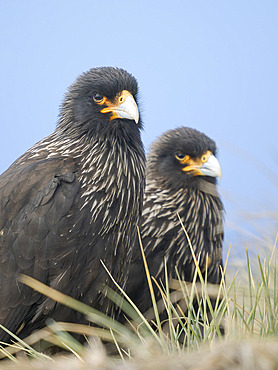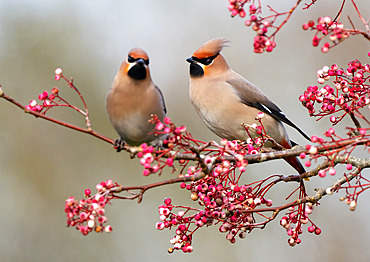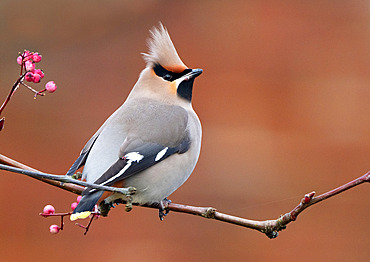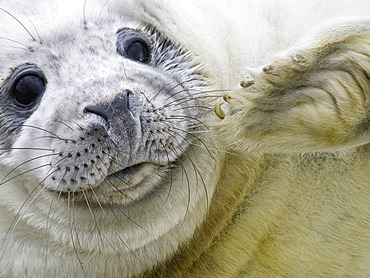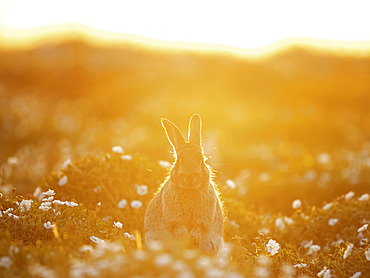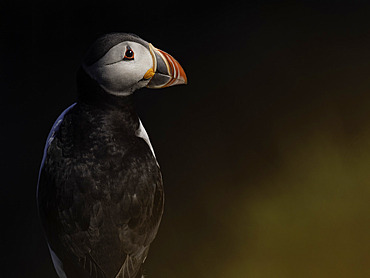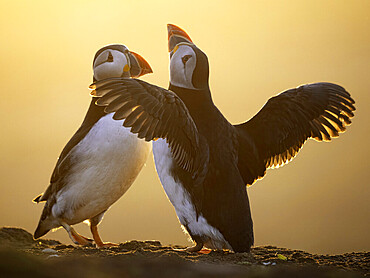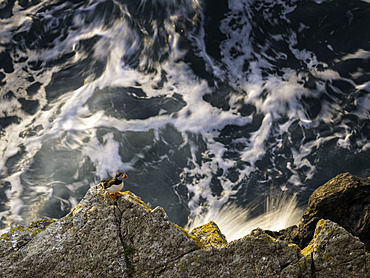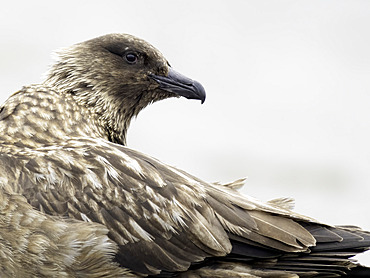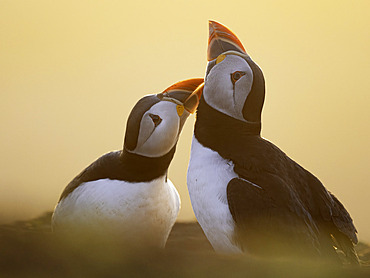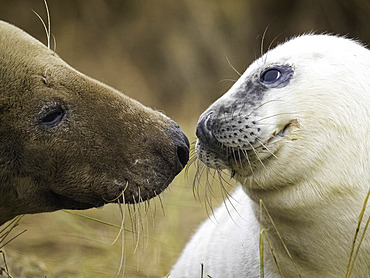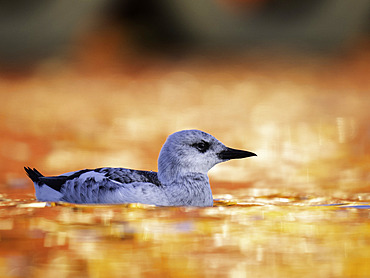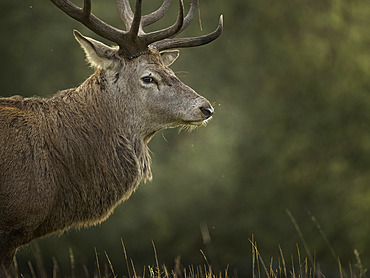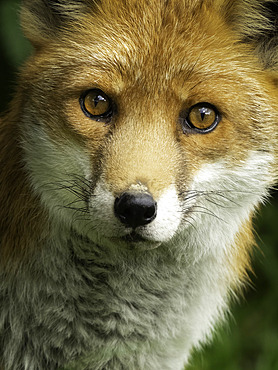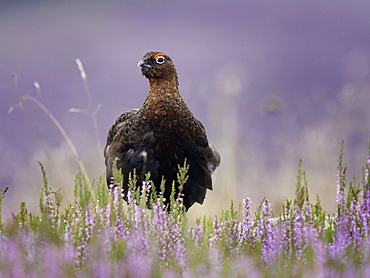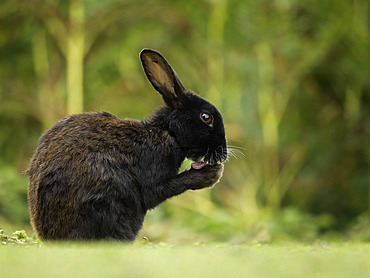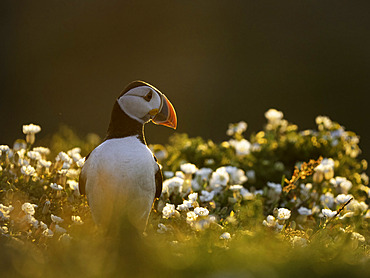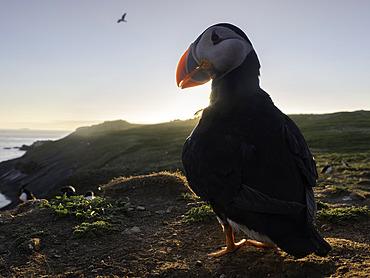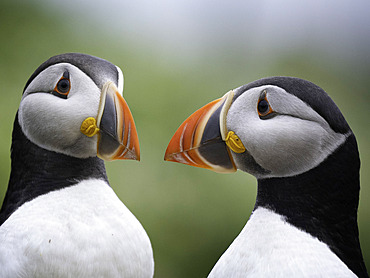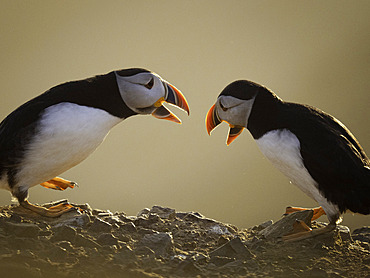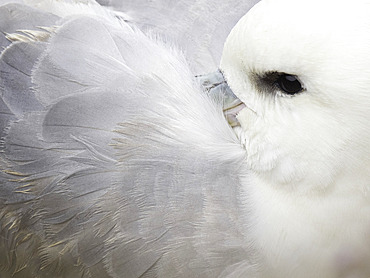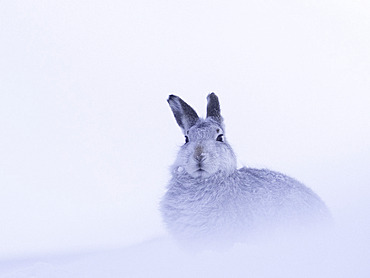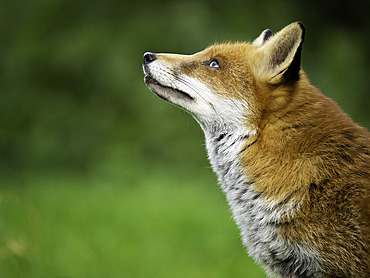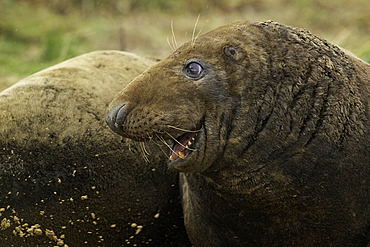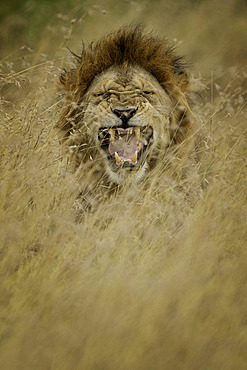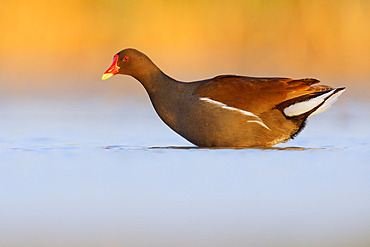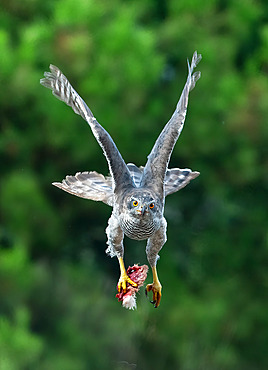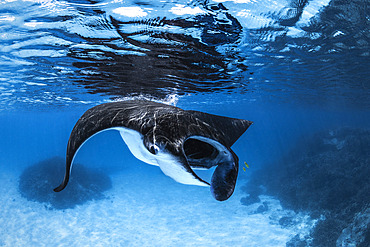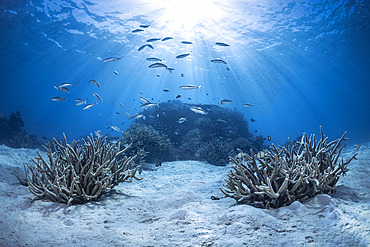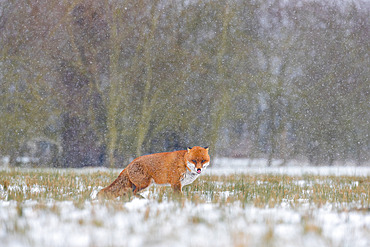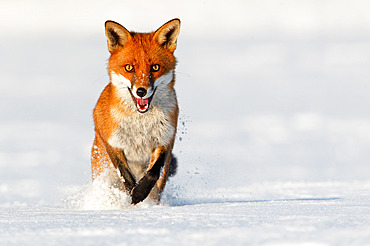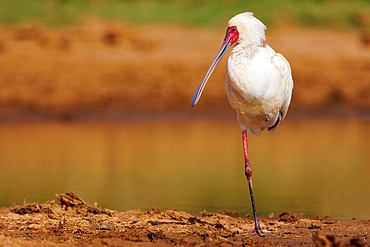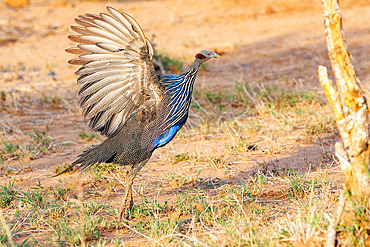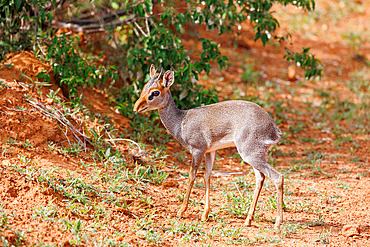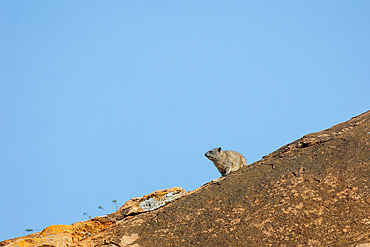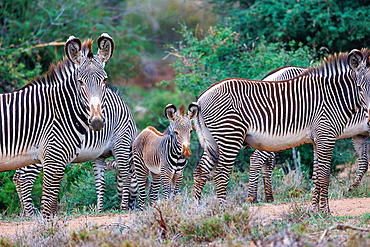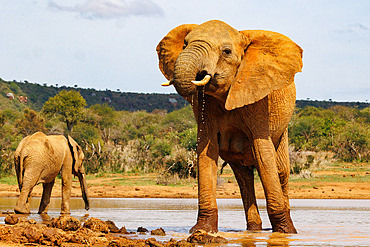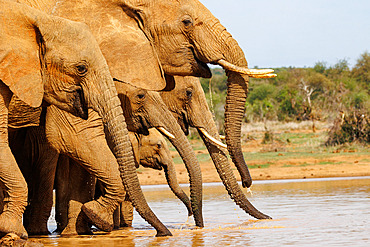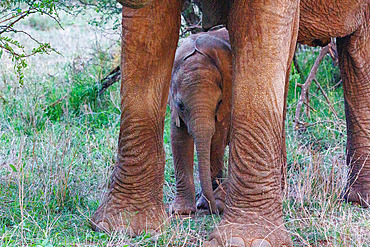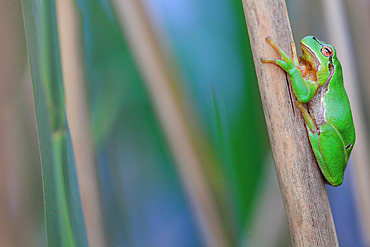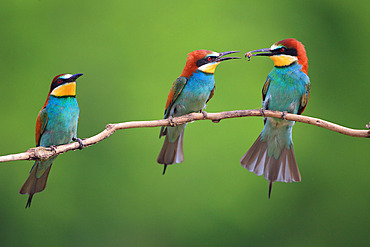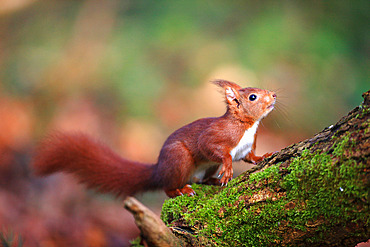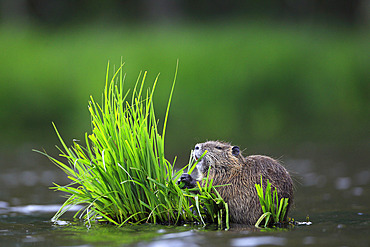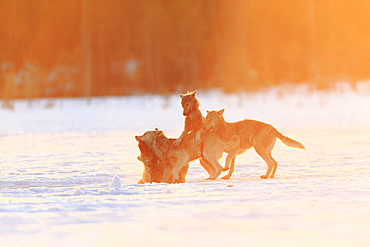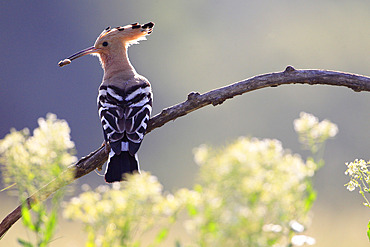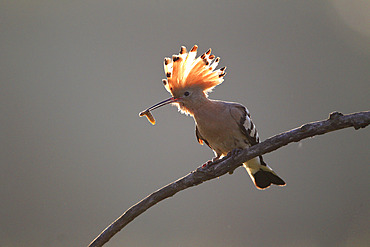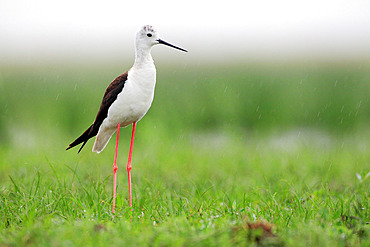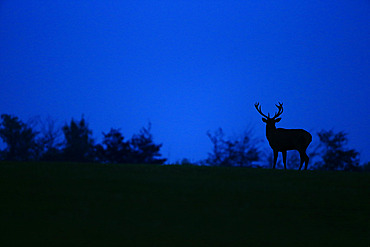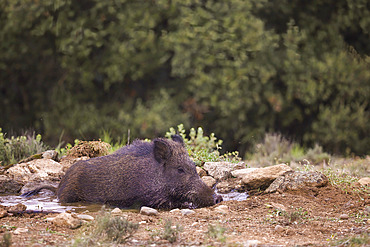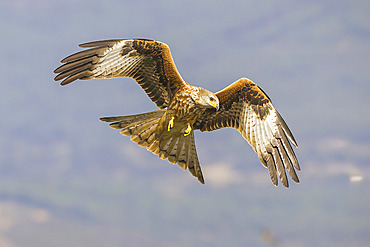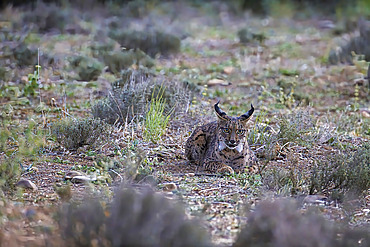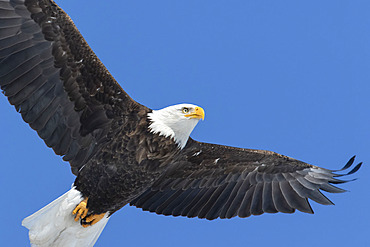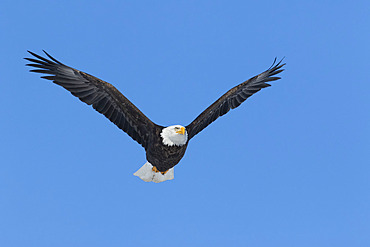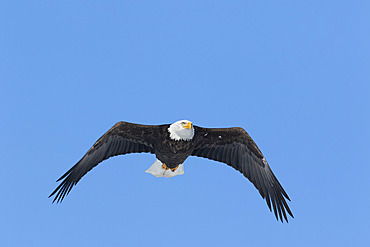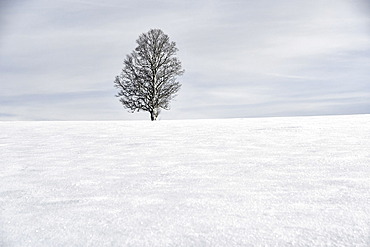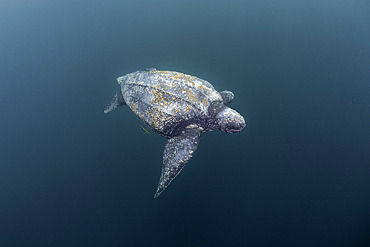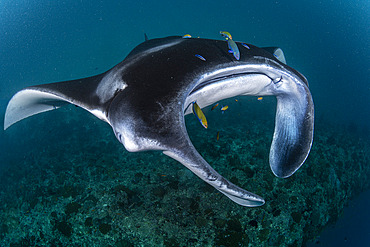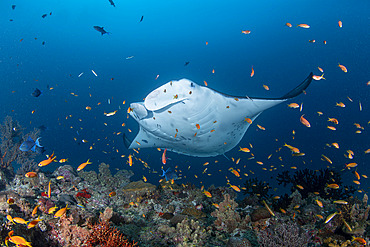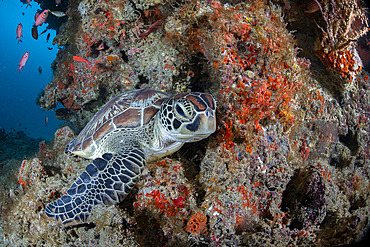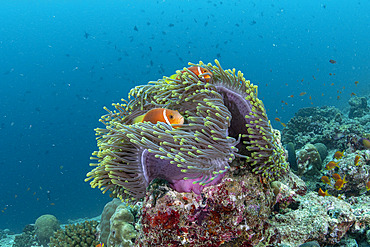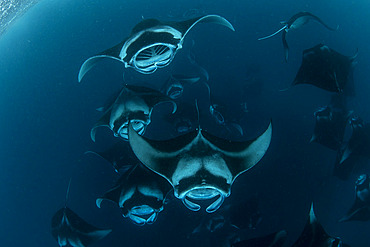Recent searches
Loading...
743-858 - Giraffe (Giraffa camelopardalis), at water, Kgalagadi Transfrontier Park, Northern Cape, South Africa, Africa
743-853 - Breeding herd of elephant (Loxodonta africana), Addo Elephant National Park, Eastern Cape, South Africa, Africa
743-827 - Blackmaned lion (Panthera leo), Kgalagadi Transfrontier Park, Northern Cape, South Africa, Africa
743-826 - Cape fox (Vulpes chama) cubs playing, Kgalagadi Transfrontier Park, Northern Cape, South Africa, Africa
743-811 - Ground agama (Agama aculeta) in breeding colours, Kgalagadi Transfrontier Park, Northern Cape, South Africa, Africa
743-796 - Chacma baboons (Papio cynocephalus ursinus) playing, Kruger National Park, Mpumalanga, South Africa, Africa
743-795 - Young chacma baboon (Papio cynocephalus ursinus), Kruger National Park, Mpumalanga, South Africa, Africa
743-783 - Brown hyena (Hyaena brunnea), Kgalagadi Transfrontier National Park, Northern Cape, South Africa, Africa
743-777 - Buzzard (Buteo buteo), in captivity, Cumbria, England, United Kingdom, Europe
743-771 - Mallard drake (Anas platyrhynchos), stretching wings, Martin Mere Wildfowl and Wetlands Trust Reserve, Burscough, Lancashire, England, United Kingdom, Europe
743-759 - Pine marten (Martes martes) female in captivity, United Kingdom, Europe
83-13491 - Wodyetia bifurcata or Foxtail palm, a popular species originally from Australia. The ripe red fruit is not eaten. Pulisan, North Sulawesi, Indonesia
860-292486 - Black Kite (Milvus migrans) in flight, Alpilles, Provence, France
860-292485 - Striated Caracara or Johnny Rook (Phalcoboenus australis), an intelligent and very rare bird of prey restricted to the Falkland Islands and southern patagonia. South America, Falkland Islands, Sea Lion Island
860-292483 - Waxwing (Bombycilla Garrulus) eating a berrie, England
860-292484 - Waxwing (Bombycilla Garrulus) perched in a rowan tree, England
860-292474 - Giant Seychelles tortoise (Aldabrachelys gigantea), Turtle island, Prison island, Zanzibar. This island was used as a prison for slaves, and four giant Seychelles tortoises were introduced. Today, they are protected from poachers, and the oldest are between 170 and 200 years old.
860-292472 - Portrait of young Grey Seal (Halichoerus grypus), Lincolnshire, England
860-292471 - European Rabbit (Oryctolagus cuniculus) among flowers, Skomer, Pembrokeshire, England
860-292470 - Atlantic Puffin (Fratercula arctica), Sumburgh, Shetland, Scotland
860-292469 - Atlantic Puffin (Fratercula arctica) displaying, Skomer island, Pembrokeshire, Wales
860-292467 - Atlantic Puffin (Fratercula arctica) above rough sea, Skomer island, Pembrokeshire, Wales
860-292468 - Great Skua (Stercorarius skua), Shetland, Scotland
860-292466 - Atlantic Puffin (Fratercula arctica) displaying, Skomer island, Pembrokeshire, Wales
860-292465 - Portrait of Grey Seal (Halichoerus grypus), Lincolnshire, England
860-292464 - Black Guillemot (Cepphus grylle) on water, Lerwick, Shetland, Scotland
860-292463 - Portrait of Red Deer (Cervus elaphus), UK
860-292460 - Red Deer (Cervus elaphus) bellowing, UK
860-292459 - Red Grouse (Lagopus lagopus scotica) in heath, Peak district, England
860-292458 - Black European Rabbit (Oryctolagus cuniculus) grooming, Skomer, Pembrokeshire, England
860-292457 - Atlantic puffin (Fratercula arctica) with fish in its beak, Shetland, Scotland
860-292456 - Atlantic Puffin (Fratercula arctica) preening, Skomer island, Pembrokeshire, Wales
860-292455 - Atlantic Puffin (Fratercula arctica) among flowers , Skomer island, Pembrokeshire, Wales
860-292454 - Atlantic Puffin (Fratercula arctica), Skomer island, Pembrokeshire, Wales
860-292453 - Atlantic Puffin (Fratercula arctica) pair, Skomer island, Pembrokeshire, Wales
860-292451 - Atlantic Puffin (Fratercula arctica) displaying, Skomer island, Pembrokeshire, Wales
860-292452 - Portrait of Fulmar (Fulmarus glacialis) at rest, Shetland, Scotland
860-292450 - Mountain Hare (Lepus timidus) in snow, Cairngorms, Scotland
860-292447 - Portrait of Grey Seal (Halichoerus grypus), Lincolnshire, England
860-292448 - African Lion (Panthera leo) flehmen, Masai Mara, Kenya
860-292445 - Common Moorhen (Gallinula chloropus), side view of an adult in the water, Campania, Italy
860-292446 - Goshawk (Accipiter gentilis) in flight with a prey in his talon, Spain
860-292439 - Reef manta ray (Mobula alfredi) feeding between the corals in the pools of Longoni, Mayotte.
860-292437 - Coral bunches scattered on white sand in the pools of Longoni, Mayotte
860-292435 - Red fox (Vulpes vulpes) standing in a snow storm, England
860-292434 - Red fox (Vulpes vulpes) Fox running in the snow, England
860-292432 - Vulturine guinea fowl (Acryllium vulturinum), group in the savannah, dry shrubby savannah, Laïkipia County, Kenya, East Africa, Africa
860-292433 - African Spoonbill (Platalea alba), resting on one leg near a waterhole, dry shrubby savannah, Laikipia County, Kenya, East Africa, Africa
860-292431 - Vulturine guinea fowl (Acryllium vulturinum), flapping the wings in the savannah, dry shrubby savannah, Laïkipia County, Kenya, East Africa, Africa
860-292430 - Leopard Tortoise, Stigmochelys pardalis), moving on bare ground, dry shrub savannah, Laikipia County, Kenya, East Africa, Africa
860-292428 - Günther's Dik-Dik (Madoqua guentheri) in the savannah, dry shrub savannah, Laïkipia County, Kenya, East Africa, Africa
860-292429 - Rock Daman (Procavia capensis), resting on rocks, dry shrub savanna, Laikipia County, Kenya, East Africa, Africa
860-292427 - Grevy's Zebra (Equus grevyi), in the savannah, Mother and baby, dry shrubby savannah, Laïkipia County, Kenya, East Africa, Africa
860-292426 - Grevy's Zebra (Equus grevyi), in the savannah, Fight between males, dry shrubby savannah, Laïkipia County, Kenya, East Africa, Africa
860-292424 - Reticulated giraffe (Giraffa reticulata), moving in the savannah, dry shrubby savannah, Laïkipia County, Kenya, East Africa, Africa
860-292425 - Grevy's Zebra (Equus grevyi), in the savannah, Dust bath to remove parasites, dry savannah, Laïkipia County, Kenya, East Africa, Africa
860-292423 - African Savanna Elephant or Savanna Elephant (Loxodonta africana), drinking at the waterhole, dry shrubby savannah, Laikipia County, Kenya, East Africa, Africa
860-292422 - African Savanna Elephant or Savanna Elephant (Loxodonta africana), drinking at the waterhole, dry shrubby savannah, Laikipia County, Kenya, East Africa, Africa
860-292420 - African Savanna Elephant or Savanna Elephant (Loxodonta africana), moves through the savannah, eating,Mother and baby, dry shrubby savannah, Laikipia County, Kenya, East Africa, Africa
860-292421 - African Savanna Elephant or Savanna Elephant (Loxodonta africana), moves through the savannah, eating, dry shrubby savannah, Laikipia County, Kenya, East Africa, Africa
860-292416 - Western Yellow Wagtail (Motacilla flava flavissima) male at its singing post in spring
860-292415 - European Bee-eater (Merops apiaster) offering sequence from male to female
860-292413 - Red squirrel (Sciurus vulgaris) on a tree trunk
860-292414 - White stork (Ciconia ciconia) against a full-moon backdrop
860-292412 - Coypu (Myocastor coypus) eating vegetation on a pond.
860-292411 - Pack of European wolves (Canis lupus lupus) playing on a snow-covered bog at dawn. Finland
860-292409 - Black-winged Stilt (Himantopus himantopus) adult male in the rain
860-292410 - Hoopoe (Upupa epops) with a larva in its beak
860-292408 - Hoopoe (Upupa epops) with a larva in its beak and its hoopoe raised.
860-292407 - Black-winged Stilt (Himantopus himantopus) adult female in the rain
860-292406 - Detail of an Autumn crocus flower (Colchicum autumnale)
860-292405 - Fly orchid (Ophrys insectifera) in spring bloom
860-292404 - Red deer (Cervus elaphus) at sunset during the bellowing period.
860-292403 - Red deer (Cervus elaphus) facing each other before a fight at sunset during the bellowing period.
860-292401 - European or Eurasian wild boar (Sus scrofa) lying in the water, Spain
860-292400 - Iberian Lynx (Lynx pardinus) lying on the ground in a sierra, Spain
860-292398 - Bald Eagle (Haliaeetus leucocephalus), adult in flight. Mauricie region. Province of Quebec. Canada
860-292399 - Iberian Lynx (Lynx pardinus) quenching its thirst at a waterhole in a sierra, Spain
860-292397 - Bald Eagle (Haliaeetus leucocephalus), adult in flight. Mauricie region. Province of Quebec. Canada
860-292396 - Bald Eagle (Haliaeetus leucocephalus), adult in flight. Mauricie region. Province of Quebec. Canada
860-292384 - Isolated tree in a snowy winter landscape, Doubs, France
860-292385 - Burgundydrop Bonnet (Mycena haematopus) fungus growing on wood among lichens, Landes, France.
860-292381 - Sea Tomato jellyfish (Crambione mastigophora) with young pilot fish. The main food of Leatherback sea turtle (Dermochelys coriacea), Vulnerable. Kei ( or Kai ) Islands, Moluccas, eastern Indonesia, Banda Sea, Southwest Pacific Ocean.
860-292378 - Sea Tomato jellyfish (Crambione mastigophora) with young pilot fish. The main food of Leatherback sea turtle (Dermochelys coriacea), Vulnerable. Kei ( or Kai ) Islands, Moluccas, eastern Indonesia, Banda Sea, Southwest Pacific Ocean.
860-292376 - Leatherback sea turtle (Dermochelys coriacea), Vulnerable. Kei ( or Kai ) Islands, Moluccas, eastern Indonesia, Banda Sea, Southwest Pacific Ocean.
860-292377 - Leatherback sea turtle (Dermochelys coriacea), Vulnerable. Kei ( or Kai ) Islands, Moluccas, eastern Indonesia, Banda Sea, Southwest Pacific Ocean.
860-292375 - Manta ray, (Manta alfredi) on a cleaning station. Baa Atoll, Maldives, Indian Ocean
860-292374 - Manta ray, (Manta alfredi) on a cleaning station. Baa Atoll, Maldives, Indian Ocean
860-292372 - Green sea turtle (Chelonia mydas) on the reef, Maldives, Indian Ocean
860-292373 - Blackfoot anemonefish (Amphiprion nigripes) with Magnificent Sea anemone (Heteractis magnifica), Maldives, Indian Ocean
860-292371 - Reef manta rays (Manta alfredi formerly Manta birostris) chain-feeding on plankton. Hanifaru Lagoon, Baa Atoll, Maldives, Indian Ocean
860-292370 - Reef manta rays (Manta alfredi formerly Manta birostris) chain-feeding on plankton. Hanifaru Lagoon, Baa Atoll, Maldives, Indian Ocean
860-292369 - Green sea turtle (Chelonia mydas) on the reef, Maldives, Indian Ocean
860-292368 - Young Corsac fox (Vulpes corsac), at the den, Steppe area, East Mongolia, Mongolia, Asia













